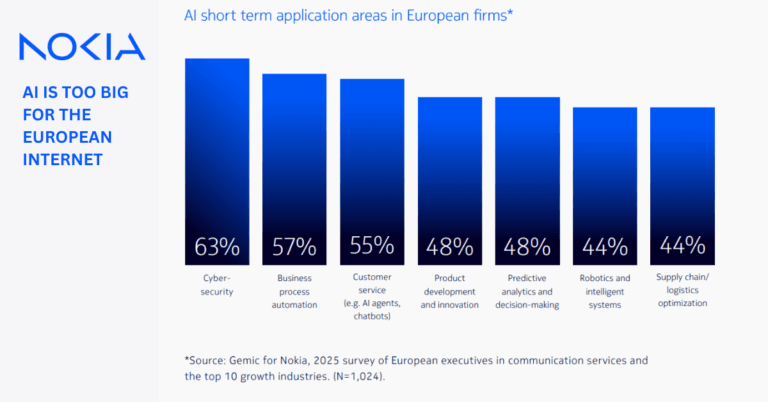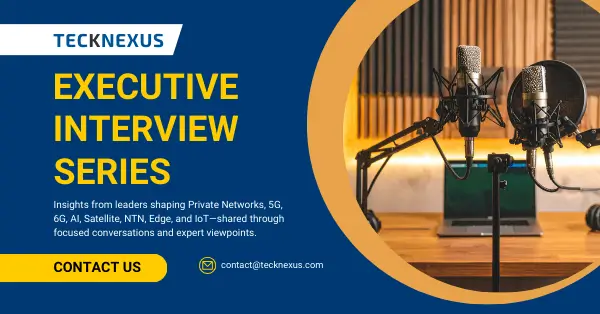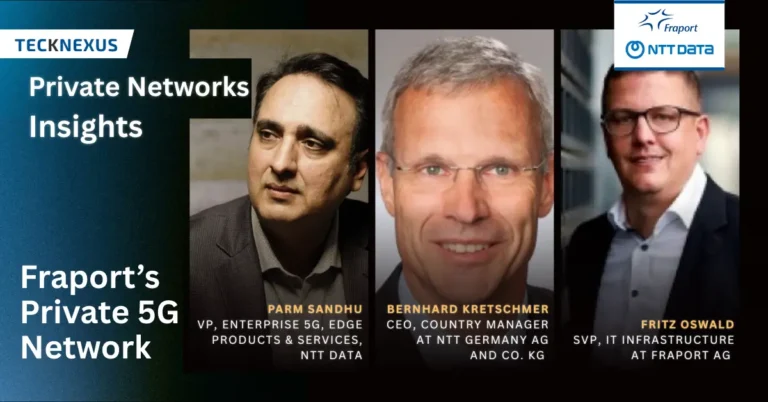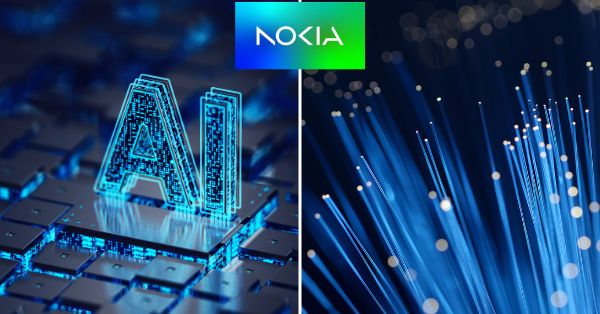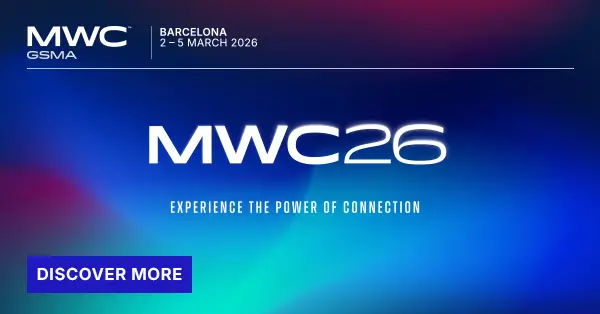- short
- December 18, 2025
- Hema Kadia
MLGW, in collaboration with Nokia, has launched the first full-scale, standalone private 5G network operated by a U.S. municipal utility. This network integrates electric, gas, and water services under a secure, real-time communications framework, boosting infrastructure modernization, cybersecurity, and operational resilience across Shelby County. The project sets a national precedent




